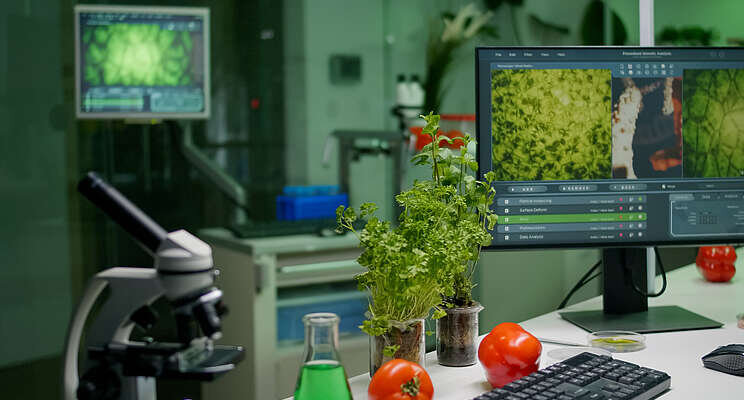Can augmented reality actually benefit the food industry?
Added on 27 March 2022

Today, with advancements in data processing and improvements to network speed with 5G, AR is becoming a major form of tech that is being adopted by various sectors. In fact, statistics show that the augmented reality market is projected to reach US$88.4 billion by 2026.
As AR can be applied to wearable devices and applications, it can be applied to almost any industry with need to project a physical space, which is a key factor that is driving its growth. The COVID-19 pandemic has also led to increased demand in the healthcare, eCommerce, and automotive industries.
There is a myriad of AR goggles and headsets that are in the market today. By combining virtual reality headsets, users can now experience a whole new experience in AR worlds. For example, Oculus has been collaborating with Facebook to create a whole new AR remote working experience.
Meanwhile, companies like IKEA have launched AR applications that allow users to test their products in real-time through Apple's ARKit technology. Other retail and eCommerce companies have also developed similar use cases to allow their customers to experience their products through AR applications as well.
Simplifying food management with Augmented Reality
The food supply chain today relies heavily on technology to ensure there is no disruption to the supply. Food shortages have been overcome in most places today thanks to supply chain advancements that can predict supply and demand much better.
Photo created by DCStudio - www.freepik.com
Source: Agritech Future
More news















